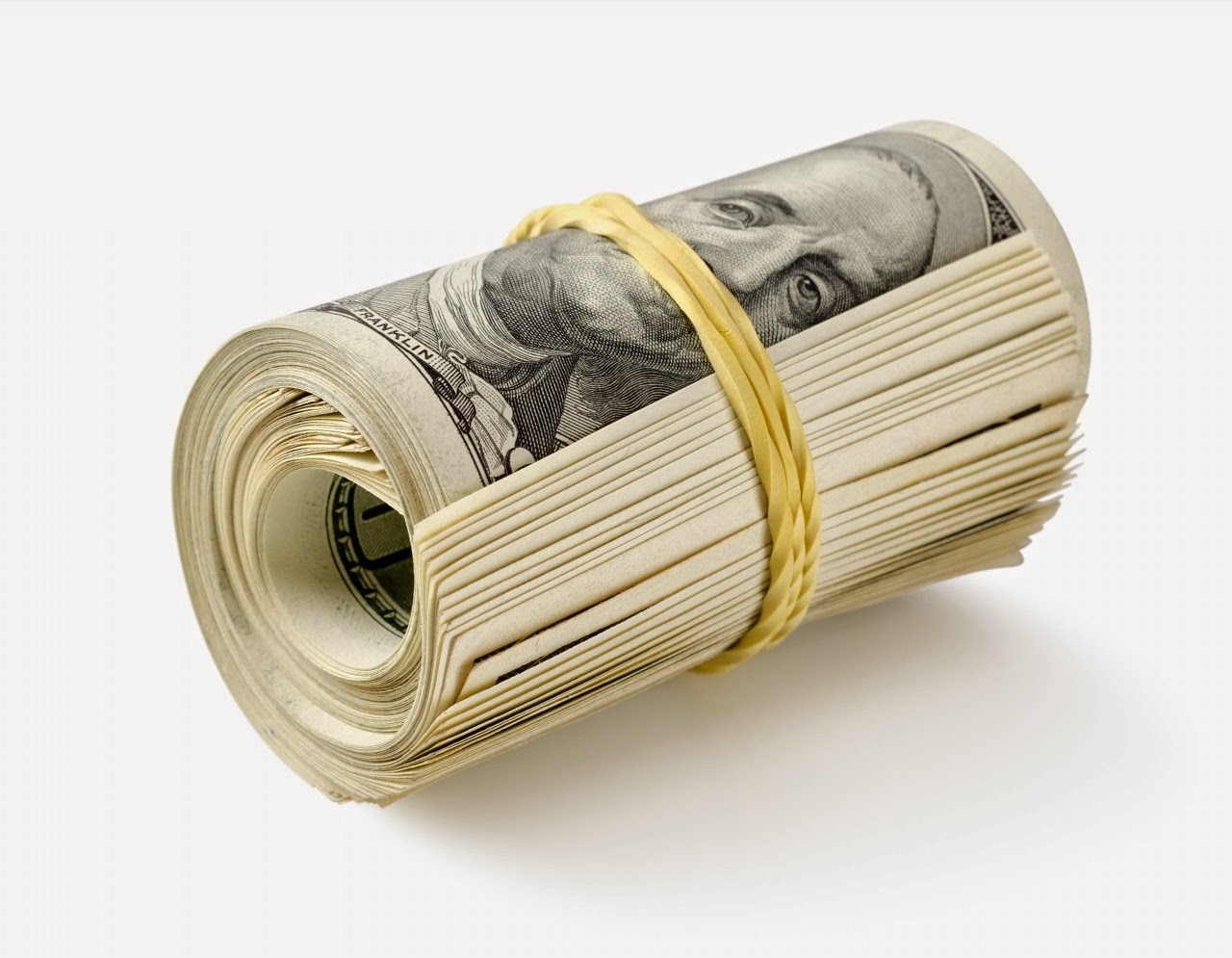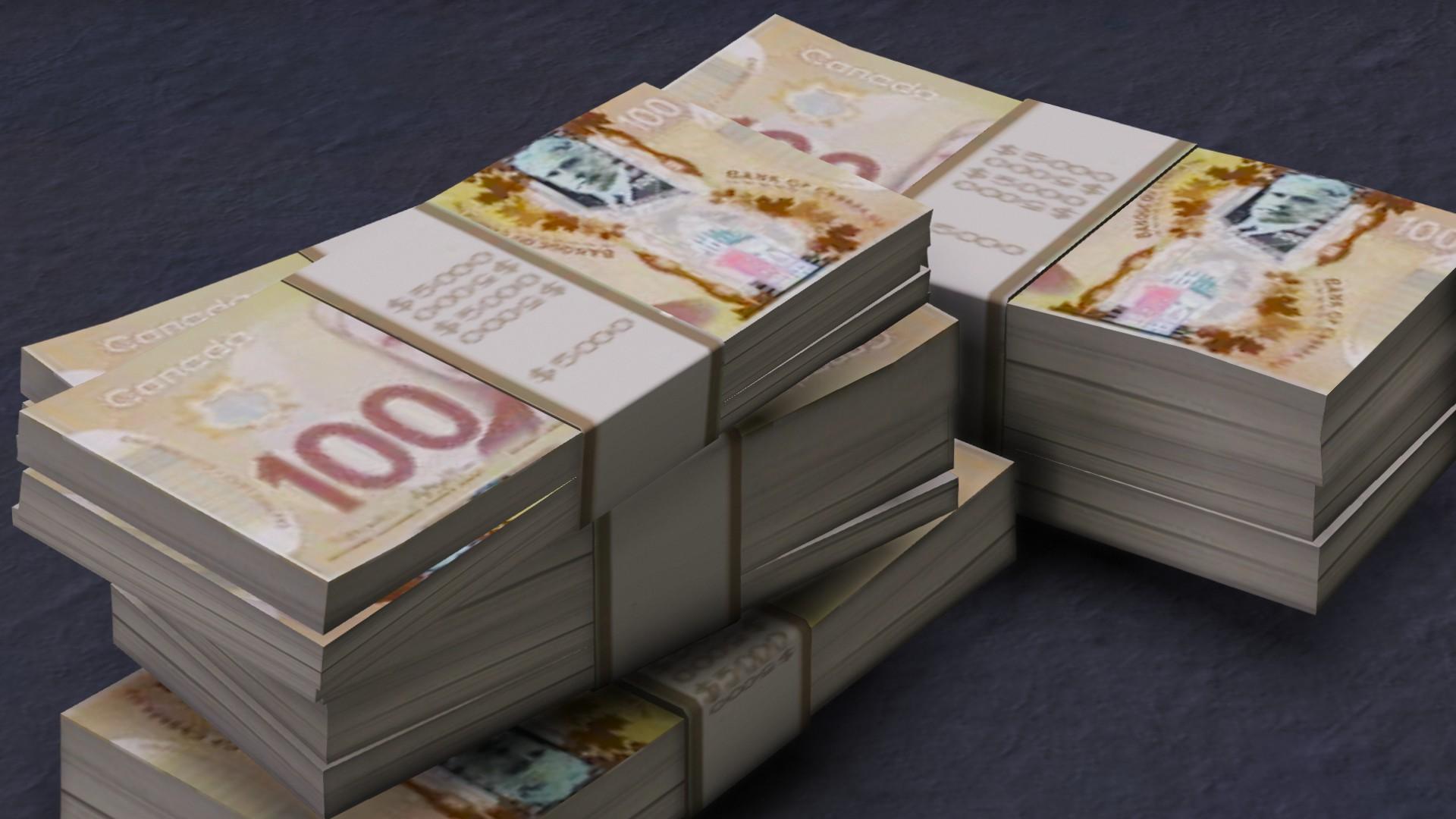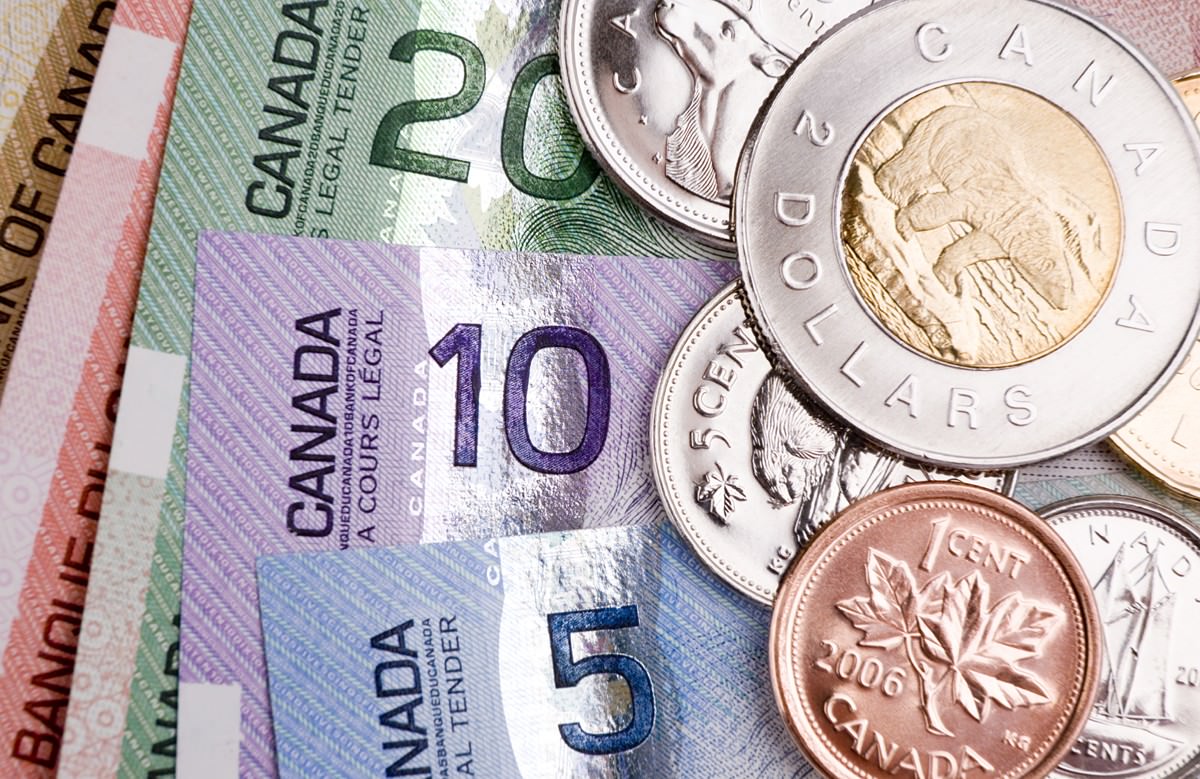The Unspoken Code: Decoding the Online Card Table Chat
The cursor blinked, a tiny, impatient pulse against the vast, dark felt of the virtual poker table. My fingers hovered, feeling a faint tremor from the raw, exposed nerve endings of a day spent battling cryptic error messages and, yes, clearing my browser cache in a desperate bid for digital salvation. Then came the message, stark white against the chat window’s muted gray: ‘you got so lucky!!!’
It hung there, a small, digital stone dropped into a quiet pool, sending ripples of discomfort through the collective consciousness of the 3 players still at the table. An awkward silence, far heavier than any spoken word, descended. The new player, perhaps emboldened by anonymity or simply clueless about the invisible currents beneath the surface, had just committed a cardinal sin. And in that moment, the entire structure of the game, not just the cards but the fragile social fabric holding us all together, felt like it could unravel at any second, just like a loose thread in a cheap rug.
Unspoken Rules
Digital Etiquette
Social Contract
It’s fascinating, isn’t it? We dump ourselves into these digital spaces, often with the naive assumption that the usual rules of engagement no longer apply. We shed the physical cues – the direct eye contact, the subtle shifts in posture, the half-smiles – and expect pure, unadulterated interaction. But human nature, it turns out, is a stubborn thing, persistent as a recurring pop-up. We crave order, even


























